Diseases and Conditions › Eye Health › What Are Cataracts And How Do You Prevent Them?
As the population ages, cataracts are becoming a growing health concern.
A cataract is a clouding of the eye lens to such an extent that it affects vision.The majority of cataracts develop due to the aging process, and by age 80, more than half of all Americans have them.However, there are also other type of cataracts:
secondary cataracts,which form after surgery for other ophthalmic diseases such as glaucoma;traumatic cataracts,which can develop after an eye injury;congenital cataracts;and radiation-inducted cataracts.Cataracts can occur in just one eye,or bilaterally.
Age-related cataracts can develop in two ways.
Protein clumping in the capsule of lens causes poor transmission of light,leading to blurred and cloudy vision. Also,the normally clear lens can develop a yellow or brown tint,making it difficult to differentiate between dark colors such as dark blue and black .
Risk factors for the development of cataracts include aging,certain diseases such as diabetes(which also causes diabetic retinopathy),personal behavior such as smoking and alcohol abuse,and environmental/professional factors such as exposure to radiation or sunlight.
For instance, a study at the University of Iceland discovered that commercial airline pilots have a 3-fold increase in cataracts compared to non-pilots due to ionizing cosmic radiation at high altitudes.This radiation is normally filtered out by the atmosphere before reaching the earth. The pilots developed nuclear cataracts,which occur in the gelatinous interior of the lens,as opposed to cortical cataracts, which occur in the front capsule of the lens and are associated with UV light. The study recommended sunglasses to filter sunlight in the cockpit as a precautionary measure to prevent any synergistic effects of UV light, but offered no solution to the basic problem of radiation exposure during high-altitude flights.
Cataracts can be discovered in a routine eye exam, or after the patient complains of symptoms such as cloudy or blurred vision,poor color perception, glare and haloes around lights, poor night vision, double vision, or frequent eyewear prescription changes. Some of these symptoms can also be caused by diseases other than cataracts.
In the early stages, the symptoms of cataracts may be relieved by stronger eyeglasses, brighter lighting, anti-glare sunglasses and magnifying lenses. However, if the cataract formation progresses, it may interfere intolerably with activities of everyday living. At this stage, surgery to remove the clouded natural lens and replace it with a synthetic one is the only effective treatment. Surgery relieves vision problems in 90% of cataract patients; however, many elderly cataract patients have other ophthalmic diseases such as glaucoma or age-related macular degeneration which also affect vision.
There are two different surgical procedures to remove cataracts.In phacoemulsification, also called "small incision cataract surgery", a small incision is made in the cornea, and an ultrasonic probe is used to break up the diseased lens so it can be removed by suction. Extracapsular surgery is more rarely done, and in this case the surgeon makes a longer incision on the side of the cornea and removes the core of the lens in one piece before suctioning out the remaining pieces. Following removal of the natural lens, an artificial lens, called an intraocular lens (IOL), is inserted. The surgery is usually done on an outpatient basis under local anaesthetic and sedation.
Cataract surgery is usually safe, but complications such as infection, bleeding and retinal detachement occur in a few patients. Other co-existing eye disorders such as severe myopia increase this risk. Retinal detachment is a medical emergency,and can be ignored by the patient because it causes no pain. Apost-operative patient who has symptoms of "floaters" or light flashes must be evaluated immediately for retinal detachment,since early treatment can prevent loss of vision.
There are protective nutritional measures against cataracts available to everyone.In a study on nutrition and disease
performed by the Harvard School of Public Health on 50,828 nurses,it was found that women taking vitamin C supplements of 250 to 500 mg daily for a decade or more decreased their odds of developing cataracts requiring surgery by 45%. Vitamin A also plays a role; the same study found that women with the highest beta-carotene and vitamin A intakes lowered their risk by 39%.In another study, taking 400 mg of vitamin E daily reduced cataract formation by 50%,and in a related study, it was found that people with the highest blood levels of vitamin E had half the risk of developing cataracts as those with the lowest blood levels.Lutein and zeaxanthin,found in vegetable such as spinach and kale,are also said to be protective.Trace minerals such as zinc and selenium are essential for the function of anti-oxidant enzymes such as glutathione peroxidase, and doctors often add these minerals to eye-protective vitamin formulas.
About The Author: About cataracts by J Schipper http://www.eye-surgery-now.info http://www.contactlens-now.info
http://www.youwillquit.com http://www.life-extension-now.com
Article Source:http://choosetoprosper.com

A cataract is a clouding of the eye lens to such an extent that it affects vision.The majority of cataracts develop due to the aging process, and by age 80, more than half of all Americans have them.However, there are also other type of cataracts:
secondary cataracts,which form after surgery for other ophthalmic diseases such as glaucoma;traumatic cataracts,which can develop after an eye injury;congenital cataracts;and radiation-inducted cataracts.Cataracts can occur in just one eye,or bilaterally.
Age-related cataracts can develop in two ways.
Protein clumping in the capsule of lens causes poor transmission of light,leading to blurred and cloudy vision. Also,the normally clear lens can develop a yellow or brown tint,making it difficult to differentiate between dark colors such as dark blue and black .
Risk factors for the development of cataracts include aging,certain diseases such as diabetes(which also causes diabetic retinopathy),personal behavior such as smoking and alcohol abuse,and environmental/professional factors such as exposure to radiation or sunlight.
For instance, a study at the University of Iceland discovered that commercial airline pilots have a 3-fold increase in cataracts compared to non-pilots due to ionizing cosmic radiation at high altitudes.This radiation is normally filtered out by the atmosphere before reaching the earth. The pilots developed nuclear cataracts,which occur in the gelatinous interior of the lens,as opposed to cortical cataracts, which occur in the front capsule of the lens and are associated with UV light. The study recommended sunglasses to filter sunlight in the cockpit as a precautionary measure to prevent any synergistic effects of UV light, but offered no solution to the basic problem of radiation exposure during high-altitude flights.
Cataracts can be discovered in a routine eye exam, or after the patient complains of symptoms such as cloudy or blurred vision,poor color perception, glare and haloes around lights, poor night vision, double vision, or frequent eyewear prescription changes. Some of these symptoms can also be caused by diseases other than cataracts.
In the early stages, the symptoms of cataracts may be relieved by stronger eyeglasses, brighter lighting, anti-glare sunglasses and magnifying lenses. However, if the cataract formation progresses, it may interfere intolerably with activities of everyday living. At this stage, surgery to remove the clouded natural lens and replace it with a synthetic one is the only effective treatment. Surgery relieves vision problems in 90% of cataract patients; however, many elderly cataract patients have other ophthalmic diseases such as glaucoma or age-related macular degeneration which also affect vision.
There are two different surgical procedures to remove cataracts.In phacoemulsification, also called "small incision cataract surgery", a small incision is made in the cornea, and an ultrasonic probe is used to break up the diseased lens so it can be removed by suction. Extracapsular surgery is more rarely done, and in this case the surgeon makes a longer incision on the side of the cornea and removes the core of the lens in one piece before suctioning out the remaining pieces. Following removal of the natural lens, an artificial lens, called an intraocular lens (IOL), is inserted. The surgery is usually done on an outpatient basis under local anaesthetic and sedation.
Cataract surgery is usually safe, but complications such as infection, bleeding and retinal detachement occur in a few patients. Other co-existing eye disorders such as severe myopia increase this risk. Retinal detachment is a medical emergency,and can be ignored by the patient because it causes no pain. Apost-operative patient who has symptoms of "floaters" or light flashes must be evaluated immediately for retinal detachment,since early treatment can prevent loss of vision.
There are protective nutritional measures against cataracts available to everyone.In a study on nutrition and disease
performed by the Harvard School of Public Health on 50,828 nurses,it was found that women taking vitamin C supplements of 250 to 500 mg daily for a decade or more decreased their odds of developing cataracts requiring surgery by 45%. Vitamin A also plays a role; the same study found that women with the highest beta-carotene and vitamin A intakes lowered their risk by 39%.In another study, taking 400 mg of vitamin E daily reduced cataract formation by 50%,and in a related study, it was found that people with the highest blood levels of vitamin E had half the risk of developing cataracts as those with the lowest blood levels.Lutein and zeaxanthin,found in vegetable such as spinach and kale,are also said to be protective.Trace minerals such as zinc and selenium are essential for the function of anti-oxidant enzymes such as glutathione peroxidase, and doctors often add these minerals to eye-protective vitamin formulas.
About The Author: About cataracts by J Schipper http://www.eye-surgery-now.info http://www.contactlens-now.info
http://www.youwillquit.com http://www.life-extension-now.com
Article Source:http://choosetoprosper.com
Article By: J. Schipper
Most Popular Tags
how do cataracts occur
,how do you develop cataracts
, cataract and high elevations, public health meqsures for preventing cataracts, does altitude affect cataracts, altitude cataract, , , , , , ,how to prevent cataracts from growing
, ,cataracts what to do to prevent them
, ,cataracts and how to prevent them
,effects of high altitude flying on cataract formation
,how do cataracts develop and what are symptoms
, ,cataracts what are symptoms and how to prevent them
,what are cataracts and what can be done to prevent them
, , , , ,how do cateracts form and what can be done to prevent them
,precautionary measure to stop cataract grow in early young age
,precautionary measure to stop cataract grow
,immigration departent check degree authenticity sclient psy ab
, , , ,Most Read
New Articles
Most Viewed
Most Downloads
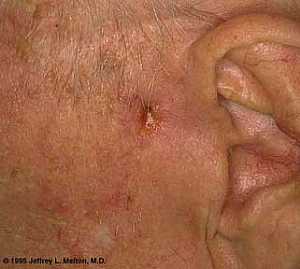 Basal Cell Carcinoma ("Rodent Ulcer" Type)
Basal Cell Carcinoma ("Rodent Ulcer" Type)
 Basal Cell Carcinoma (Histology-Morpheaform Type)
Basal Cell Carcinoma (Histology-Morpheaform Type)
 Basal Cell Carcinoma (Histology-Nodular Type - High power)
Basal Cell Carcinoma (Histology-Nodular Type - High power)
 Basal Cell Carcinoma (Histology-Nodular Type- High power)
Basal Cell Carcinoma (Histology-Nodular Type- High power)
 Skin
Skin
 Nervous System -- Basic
Nervous System -- Basic
 Brain anatomy
Brain anatomy
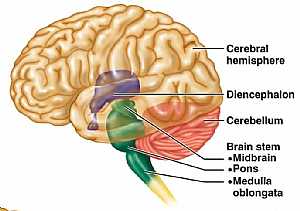 Brain anatomy
Brain anatomy
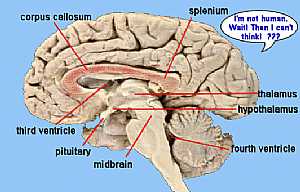 Brain anatomy
Brain anatomy
 Brain anatomy
Brain anatomy
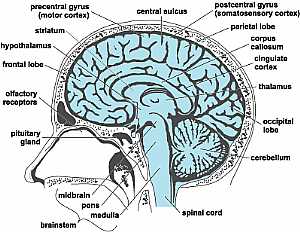 Head anatomy
Head anatomy
 Brain anatomy
Brain anatomy
eDoctorOnline.com does not provide medical advice, diagnosis or treatment.
© Copyright 2001-2022 eDoctorOnline.com
© Copyright 2001-2022 eDoctorOnline.com

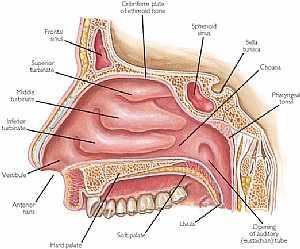 Nose anatomy
Nose anatomy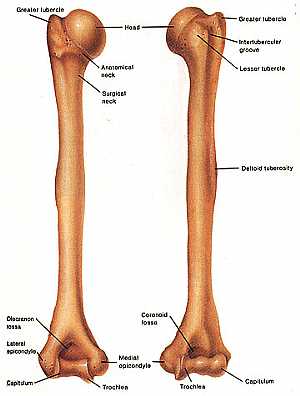 Humerus bone
Humerus bone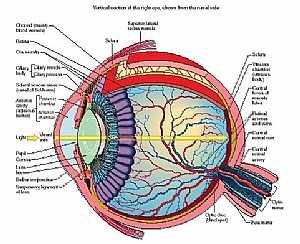 Eye anatomy
Eye anatomy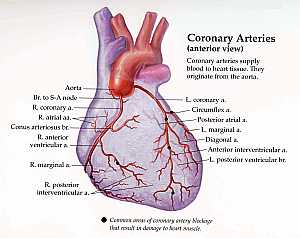 Coronary arteries anatomy
Coronary arteries anatomy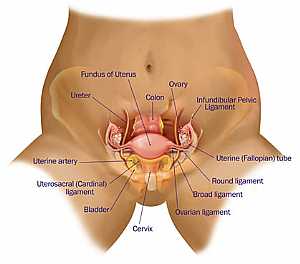 Female pelvic anatomy
Female pelvic anatomy Heart and lung anatomy
Heart and lung anatomy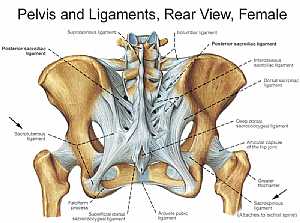 Bones and ligaments of the FEMALE Pelvis
Bones and ligaments of the FEMALE Pelvis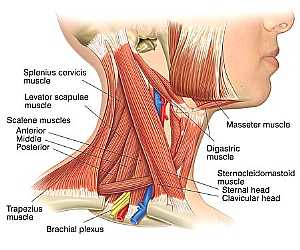 Neck Anatomy
Neck Anatomy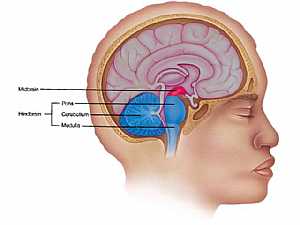 MidBrain anatomy
MidBrain anatomy Oral Cavity
Oral Cavity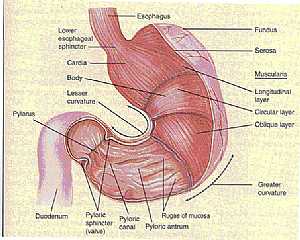 Stomach anatomy
Stomach anatomy Lung anatomy
Lung anatomy Basal Cell Carcinoma ("Rodent Ulcer" Type)
Basal Cell Carcinoma ("Rodent Ulcer" Type) Basal Cell Carcinoma (Histology-Morpheaform Type)
Basal Cell Carcinoma (Histology-Morpheaform Type) Basal Cell Carcinoma (Histology-Nodular Type - High power)
Basal Cell Carcinoma (Histology-Nodular Type - High power) Basal Cell Carcinoma (Histology-Nodular Type- High power)
Basal Cell Carcinoma (Histology-Nodular Type- High power) Skin
Skin Nervous System -- Basic
Nervous System -- Basic Brain anatomy
Brain anatomy Brain anatomy
Brain anatomy Brain anatomy
Brain anatomy Brain anatomy
Brain anatomy Head anatomy
Head anatomy Brain anatomy
Brain anatomy
Be the first one to comment on this article!